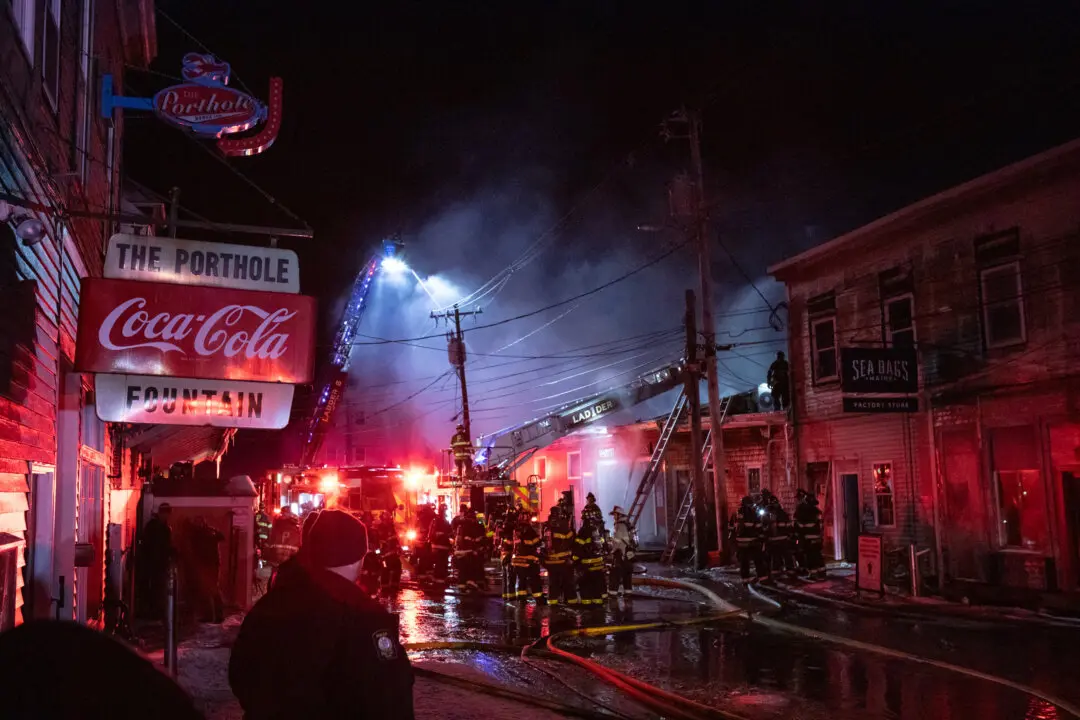State and local officials still aren’t doing enough to fix problems that caused lead pollution of drinking water in Flint, Michigan—including having enough qualified workers to make sure the city water system functions adequately, a federal regulator said Friday.
Mark Pollins, director of the U.S. Environmental Protection Agency’s Water Enforcement Division, said some progress had been made toward complying with an emergency order EPA issued Jan. 21 in response to the crisis. But “significant issues” remain that need “immediate attention” to safeguard the public water supply in the city of nearly 100,000, he said.
Flint has missed by two weeks a deadline for showing that its water system has enough competent staffers, Pollins said in a letter to Keith Creagh, director of the state Department of Environmental Quality, and other officials. He also said the city and state have yet to finish a plan for preventing additional pipe corrosion, which enabled lead to contaminate some residents’ tap water.





